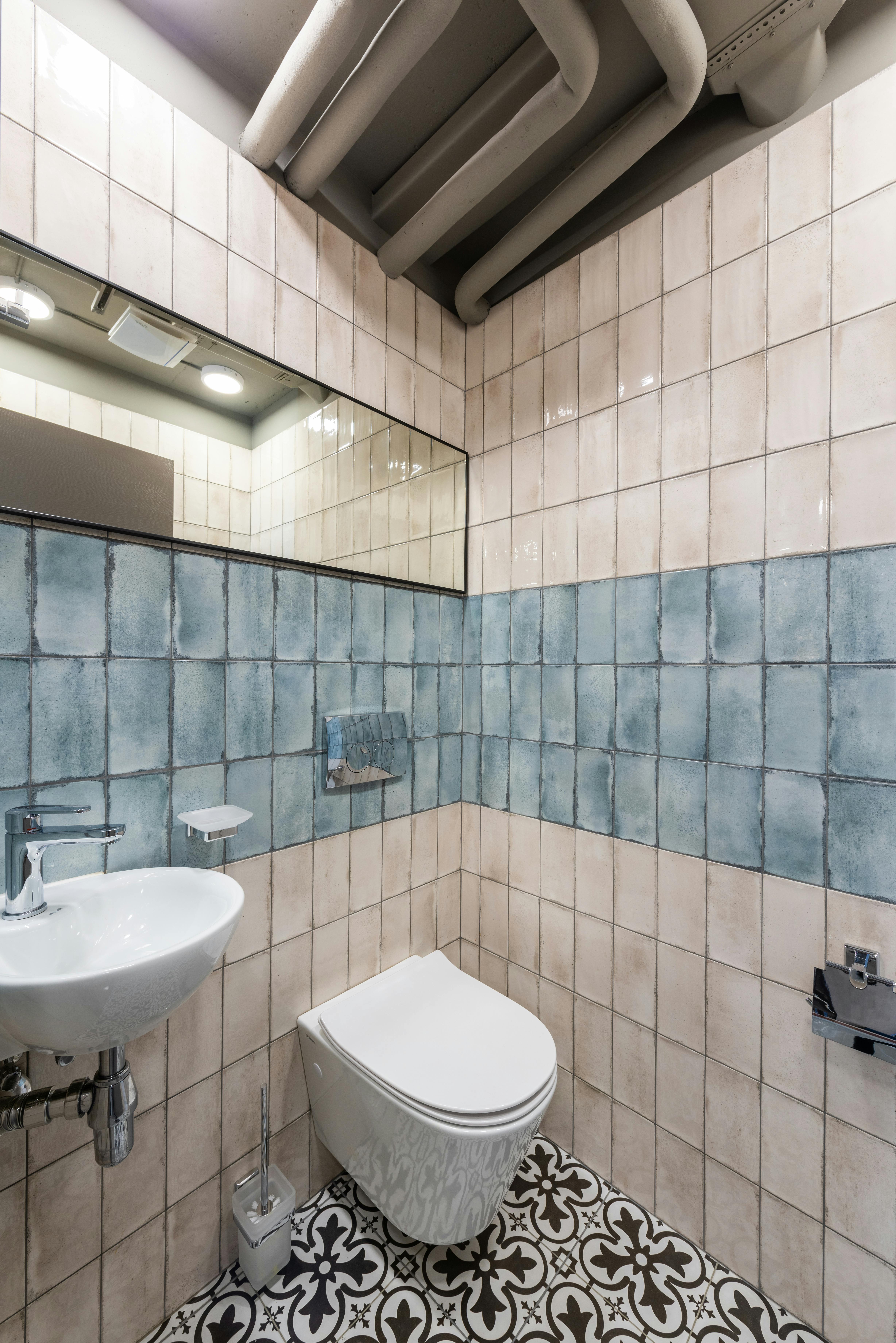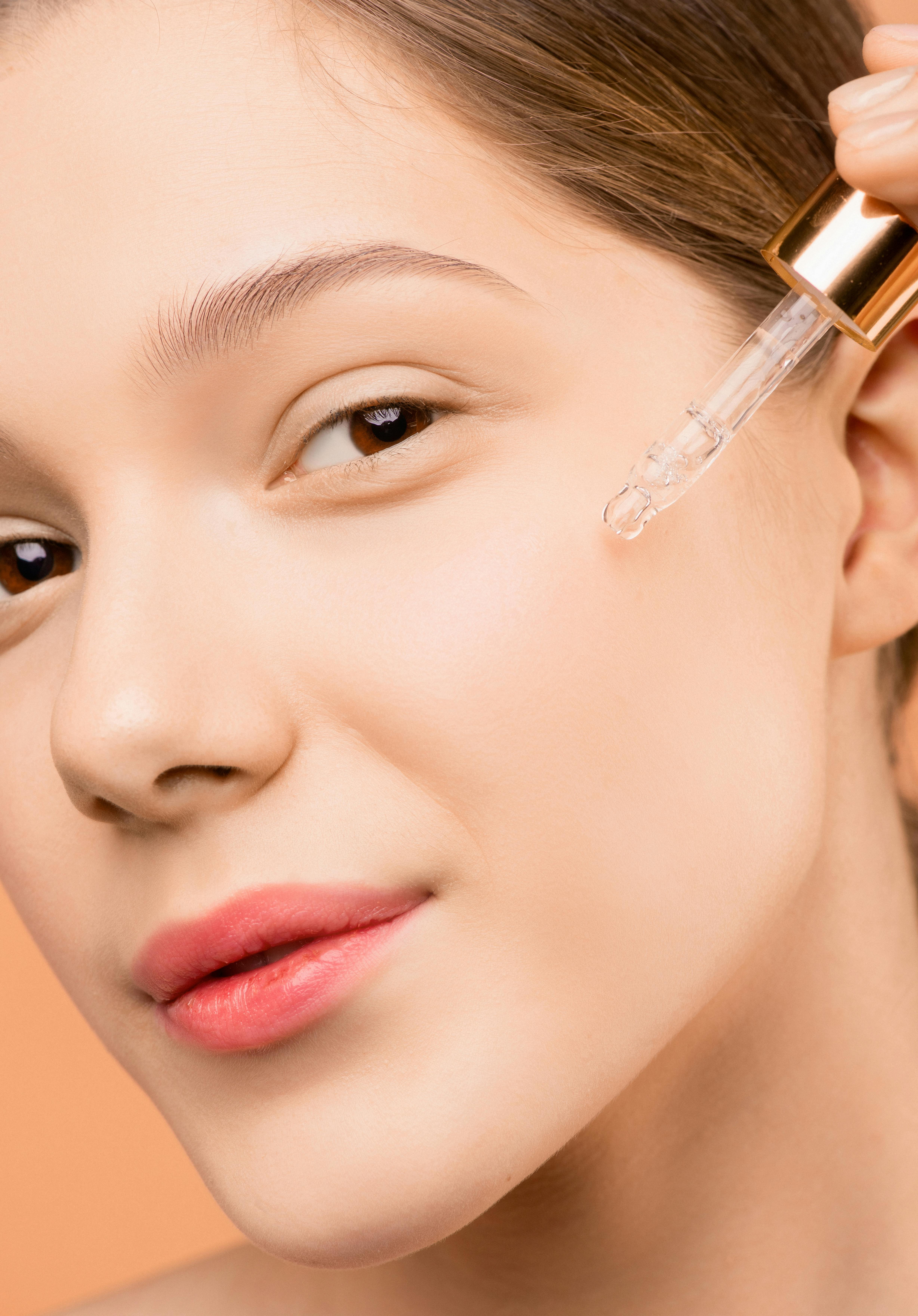Material choices that resist stains and moisture
Choosing materials that stand up to stains and moisture is central to a durable, hygienic bathroom. This short guide outlines practical material choices, how they work with fixtures and plumbing, and what to consider for long-term performance and sustainability.

Effective material selection can dramatically reduce staining and moisture damage in wet rooms while supporting hygiene, longevity, and efficient maintenance. The right combination of surfaces, waterproofing, fixtures and layout limits moisture ingress and makes cleaning easier, helping plumbing and drainage systems perform as intended. This article explains durable and stain-resistant options, how they interact with ventilation, lighting, heating and storage, and what to prioritize in renovation decisions.
Fixtures and plumbing choices
Choosing fixtures and compatible plumbing materials reduces leak risks and staining. Durable fixtures made from glazed ceramic or solid-surface composites resist staining and are non-porous, while stainless steel and chrome-plated fittings tolerate humid conditions without corroding. Ensure plumbing connections use corrosion-resistant materials—brass or stainless steel—and that exposed piping is insulated where condensation might form. Periodic inspection of seals and cartridges prevents slow leaks that create persistent stains; accessible fixtures simplify maintenance and reduce long-term repair costs.
Tiling and waterproofing surfaces
Tiles paired with proper waterproofing are a frontline defense against moisture. Porcelain and vitrified tiles have low water absorption rates and resist staining better than many natural stones. Use epoxy or polymer-modified grouts to limit staining and prevent water penetration, and apply continuous waterproof membranes behind tiling in wet zones. For floors and shower areas, consider large-format tiles with fewer grout lines to reduce dirt traps. Natural stone requires sealing and more maintenance; choose denser stones and suitable sealants if aesthetics dictate their use.
Ventilation, heating, and drainage
Controlling humidity prevents mold and surface staining. A properly sized ventilation fan that exchanges air frequently is essential to remove moisture after showers. Complement ventilation with moderate heating that reduces relative humidity and helps surfaces dry faster; underfloor heating can reduce standing moisture on floors. Effective drainage—sloped floors and well-positioned drains—avoids puddles that encourage staining. Coordinate ventilation, heating, and drainage during planning so systems work together rather than in isolation.
Layout, accessibility, and lighting
A considered layout reduces moisture-related problems and improves usability. Place wet zones so water spray is contained and near drains to minimize runoff. Accessibility features such as open shower entries and curbless thresholds allow water to flow to drains without pooling at doorways. Lighting affects perceived cleanliness: brighter, well-diffused lighting makes stains and mold visible early so they can be addressed. Arrange storage and fixtures to avoid creating damp shadowed areas where moisture lingers.
Storage, hygiene, and sustainability
Materials for storage surfaces, shelving, and cabinetry should resist moisture and allow cleaning. High-pressure laminate, sealed plywood with marine-grade coatings, or moisture-resistant composites perform well for cabinets. Promote hygiene with non-porous countertops and fewer seams where grime accumulates. Consider sustainable options such as certified reclaimed wood treated for humidity, or low-VOC waterproofing products; these balance durability with environmental impact, but verify performance specifications for wet environments.
Renovation materials and long-term maintenance
During renovation, prioritize materials that simplify long-term care. Use sealed, non-porous countertops, stain-resistant tiles, and corrosion-resistant hardware. Keep maintenance access in mind for plumbing and drainage components to enable timely repairs. Regularly reseal grout and check waterproof membranes if visible access exists. Selecting materials with clear maintenance guidelines reduces unexpected deterioration and helps maintain hygiene and appearance over time.
Conclusion Moisture-resistant and stain-resistant material choices are an integrated decision: surfaces, fixtures, waterproofing, ventilation, heating, layout, and storage all influence long-term performance. Prioritize non-porous materials, reliable waterproofing membranes, effective ventilation and drainage, and accessible layouts to limit moisture problems. Thoughtful selection and routine maintenance support durability, hygiene, and sustainability without relying on cosmetic fixes.





